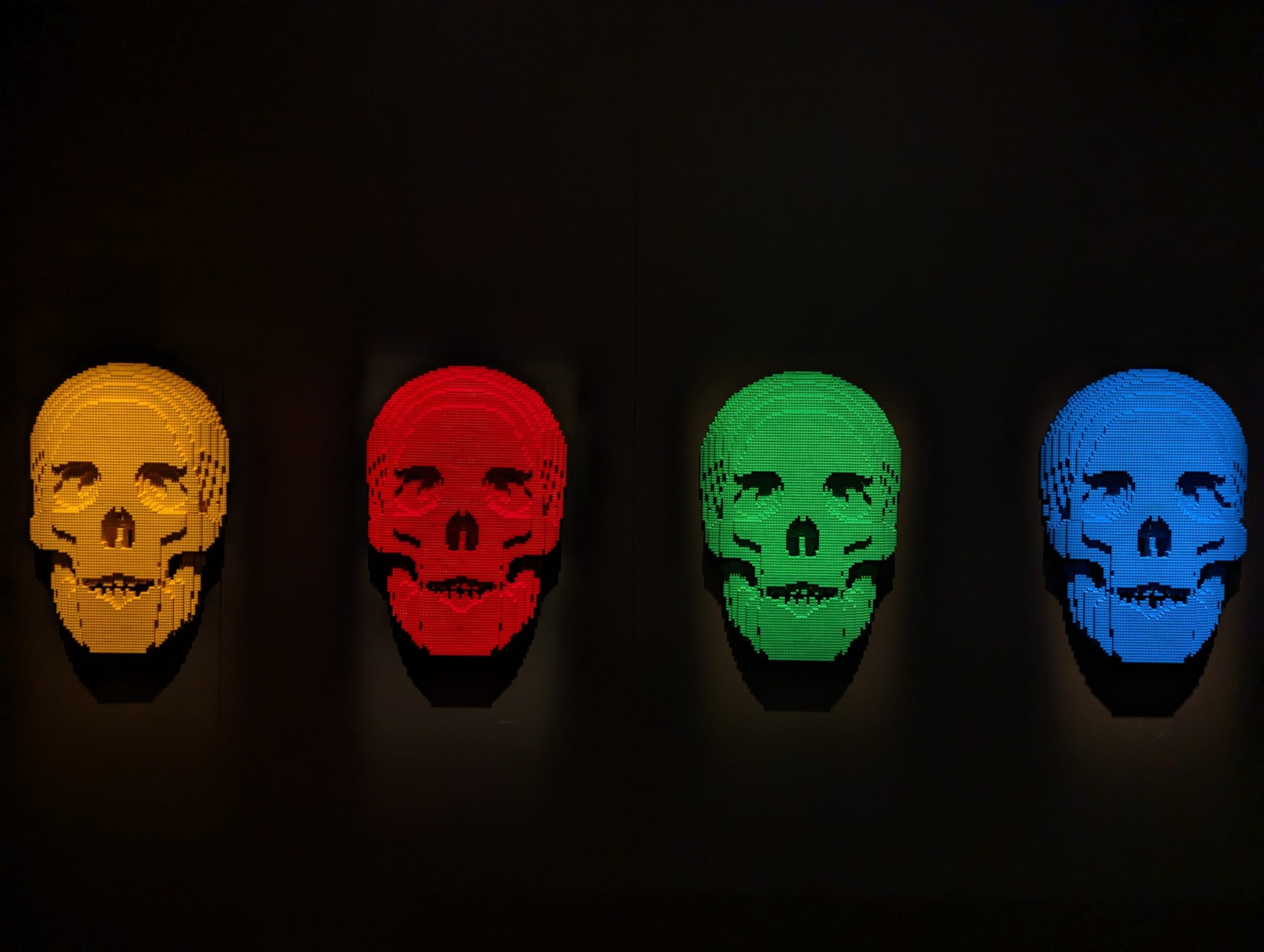It’s the day of the media preview for Telus World of Science Edmonton’s (TWOSE) new exhibit, the Art of the Brick. I’m sitting in a little out-cove amphitheatre, sipping a bitter Starbucks coffee that I’m not allowed to have past the authoritarian gates leading to the exhibits. There is noise all around. Munchkins of all sorts scurry up and down the halls, through the lines, around the teachers and past the parents, occasionally taking a pause to consider something educational and then returning to wreak havoc on the not-so-good acoustics of the TWOSE. As far as I can see, I am the only adult not accompanied by at least one, if not an army of children, and I just have to sit awkwardly because I’m 15 minutes early to this whole ordeal.
I remember this out-cove amphitheatre. It was fifteen years ago, in this exact spot, that I learned that I could make my own homemade carbonated beverage using dry ice. Back then, I was the gremlin wreaking havoc, and this was probably my favourite place in the entire city. I had birthday parties here, I was absolutely obsessed with their robotics feature exhibit, and it was the highlight of the year when the whole school would bomb out for a day trip. I’m sure many Edmontonians have memories like that, but how often do we actually come here as adults?
Even as I’m standing with all the other media, I can’t ignore the entire grade six class that was brought out to enjoy this preview. I’m not one to frown upon adults enjoying things like toys, comic books, video games or even My Little Pony. I’m guilty of at least three of those things (#TeamTwilightSparkle). But this was something different. While surrounded by a bunch of motley kids, it’s hard to see what appeal there is for adults to come to TWOSE, other than being a parent/teacher. What would I get out of it? Is it really productive or conducive to anything important?
I feel like this is the sort of stigma that Nathan Sawaya has had to combat throughout his career as an artist. I imagine him sitting in an expensive suit in a stuffy New York City law office, looking down on the whole rat race, daydreaming about building Lego, and asking himself if he could ever make it work. He would have to face the vile scrutiny of jaded adults like me, after all. At some point, for Sawaya, those self-doubts must have stopped because he took that terrifying step away from the security of an ivory tower and lawyer paycheques and into the disparaged and starving world of modern art.
